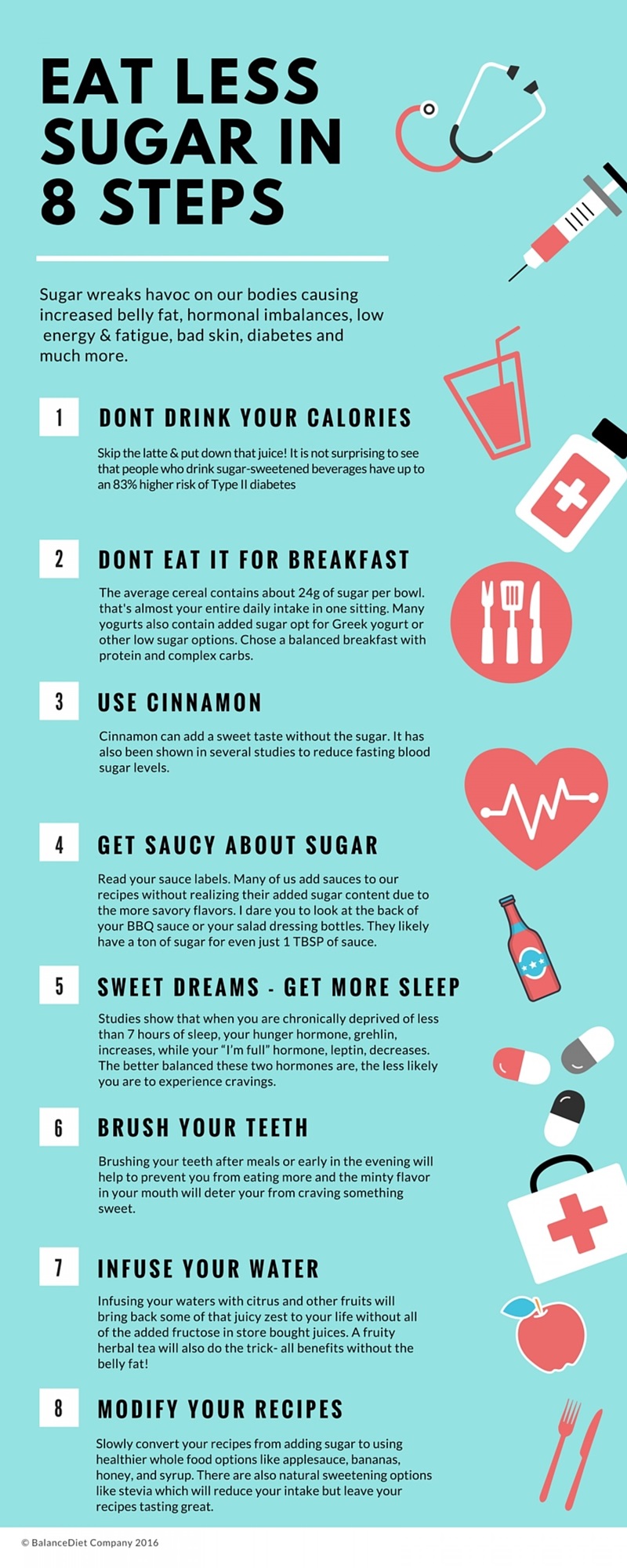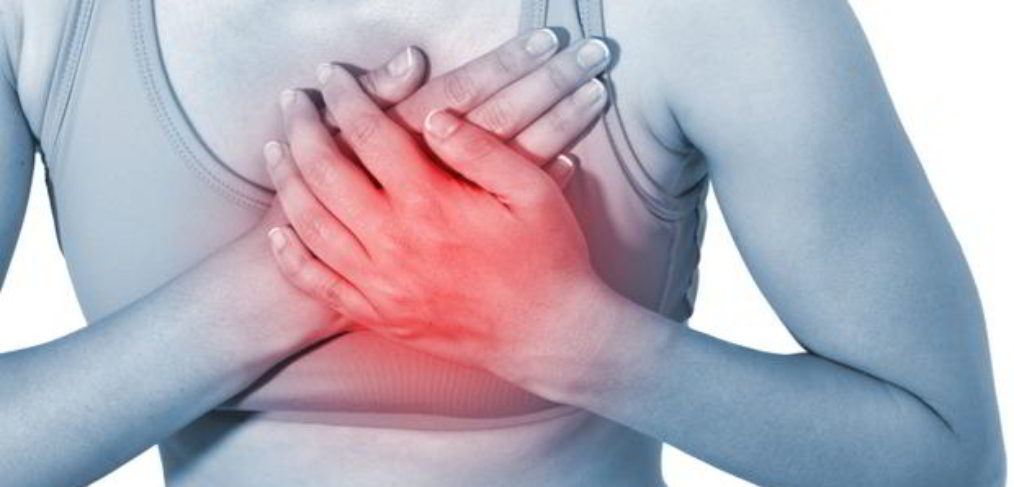When the buds and bugs appear, so do the sneakers and gym shorts! After a heavy winter and a damp spring, you are probably a bit feverish to get outside and move. Maybe you want to shed some of your “hibernation fat” or maybe you just want to feel less sluggish. In any case, one of the best ways to re-boot your health for the season is to condition your plate.
Weight gain is a sign of imbalance in the body. That usually registers with most folks as too many calories ingested and not enough calories expended. But it can signal quite a different imbalance: not enough nutrients and too many “hollow” foods. This imbalance also leads to feelings of fatigue, unclear thinking, moodiness, insomnia, and cravings.
If you want to feel and look sharp this season, tighten your carbohydrate intake and not just your shoelaces. That doesn’t mean eliminating wholesome plant foods – vegetables, grains, legumes, fruits, nuts, and seeds. Rather, be cautious about foods made with white flour and sugar. These nutrient-poor foods are detrimental because they rob your body of vitamins and minerals in order to process them, they spike your insulin levels and they burn so quickly that they leave you flat when they’re extinguished.
A food is considered nutrient dense when it contains a wide array of amino acids, vitamins, essential fatty acids, and minerals for the quantity of calories it contains. In other words, for just a few calories, it really packs a punch. On the other hand, a hollow food carries a lot of calories without giving you the quality fuel your body needs to function properly. An example might be “extruded, corn-based, cheese-flavor puffs,” which have a nutrient-density rating of 1.4, compared to cauliflower, which rates a weighty 4.5 out of 5. For more information about these ratings, visit http://nutritiondata.self.com/
The point is that a food with a low-rating actually uses up your body’s stores of nutrients to digest it, while a food with a high rating replenishes your stores.
Another problem with nutrient-poor foods – which are most of the carbohydrates we eat (chips, breads, pastas, cookies, cereals, crackers, cakes, pastries, etc.) – is that they create an insulin surge. They enter the bloodstream so quickly that blood sugar levels rise with dangerous rapidity. The body must respond with a flood of insulin to bring sugar levels back to safety. Insulin is a storage hormone that does its job well: to stow excess sugars as fat tissue. So excess carbs almost always means excess weight, too.
Carbohydrates burn much quicker than fats, so the flip side of the coin is that after the blood sugar rush comes the inevitable crash. Parents will probably recognize that children can be hyperactive one moment and in tears the next. But it happens to adults, too. Even athletes speak of the proverbial “bonk” when their energy comes crashing down.
Because nature hates a vacuum, it isn’t enough to limit empty or refined carbohydrates. They must be replaced with wholesome alternatives. A stellar choice is natural fat (cold-pressed, unrefined, and virgin, such as fish oils, coconut oil, and olive oil. Raw nuts, avocados, and seafood are also beneficial.) Natural fat doesn’t spike insulin levels and keeps the metabolism fueled for hours at a time.
Consider that most Americans get 60-80% of their calories from refined carbohydrates. You can make a huge impact on your health by choosing to change your plate this season to a more balanced distribution of fats, proteins, and carbohydrates. Try a 30-30-40 plan, where only 40% of your calories come from carbohydrates. You will almost surely think more clearly, sleep better, lean up, and feel more energetic.












